- Massive Range
- FREE UK Delivery
- Rapid Dispatch
- Massive Range
- FREE UK Delivery
- Rapid Dispatch
- Massive Range
- FREE UK Delivery
- Rapid Dispatch
Home » Aluminium vs Mild Steel Angle: Which One Should You Choose?
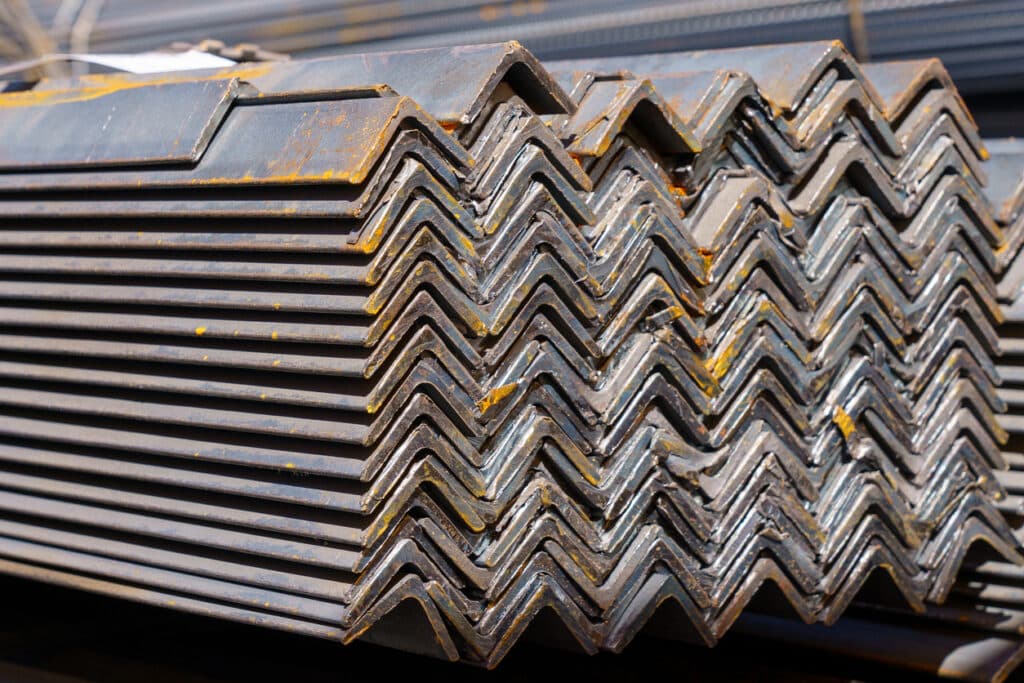
When selecting structural metal for fabrication or DIY, two popular choices often rise to the top — aluminium angle and mild steel angle. Both have distinct benefits depending on the requirements of your project. Understanding their differences in terms of strength, cost, corrosion resistance, and versatility can help you make an informed decision.
In this blog, we’ll compare aluminium angle and mild steel angle, provide real-world examples using products available at Speciality Metals, and offer guidance for choosing the right material for your specific use case.
Metal angles are L-shaped profiles widely used in construction, fabrication, framework, bracing, and edging. They offer strength and rigidity in multiple directions, making them a go-to component for structural applications.
At Speciality Metals, you can find:
✅ Aluminium Angle Bar (6063-T6) in various sizes
✅ Mild Steel Angle (Hot Rolled) from 13mm to 50mm profiles
Both are stocked in manageable lengths for ease of delivery and cutting.
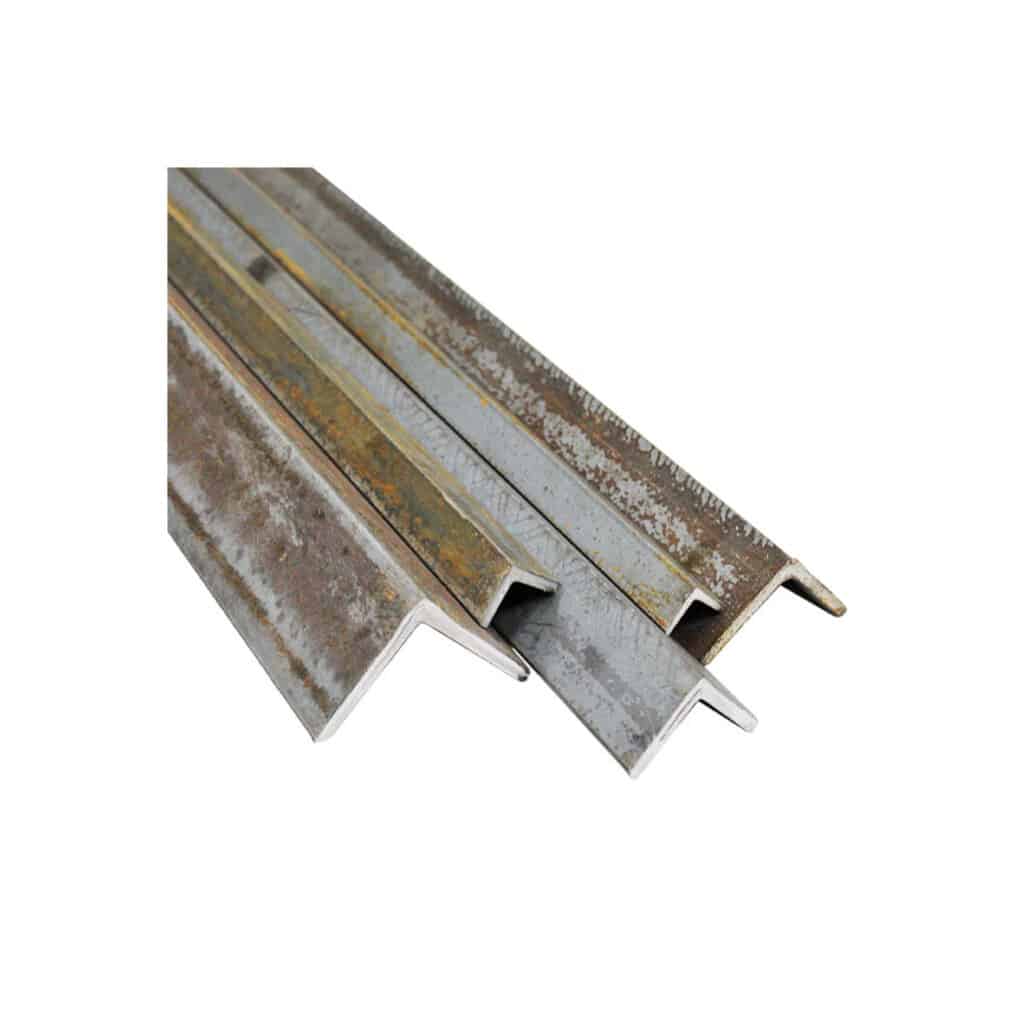
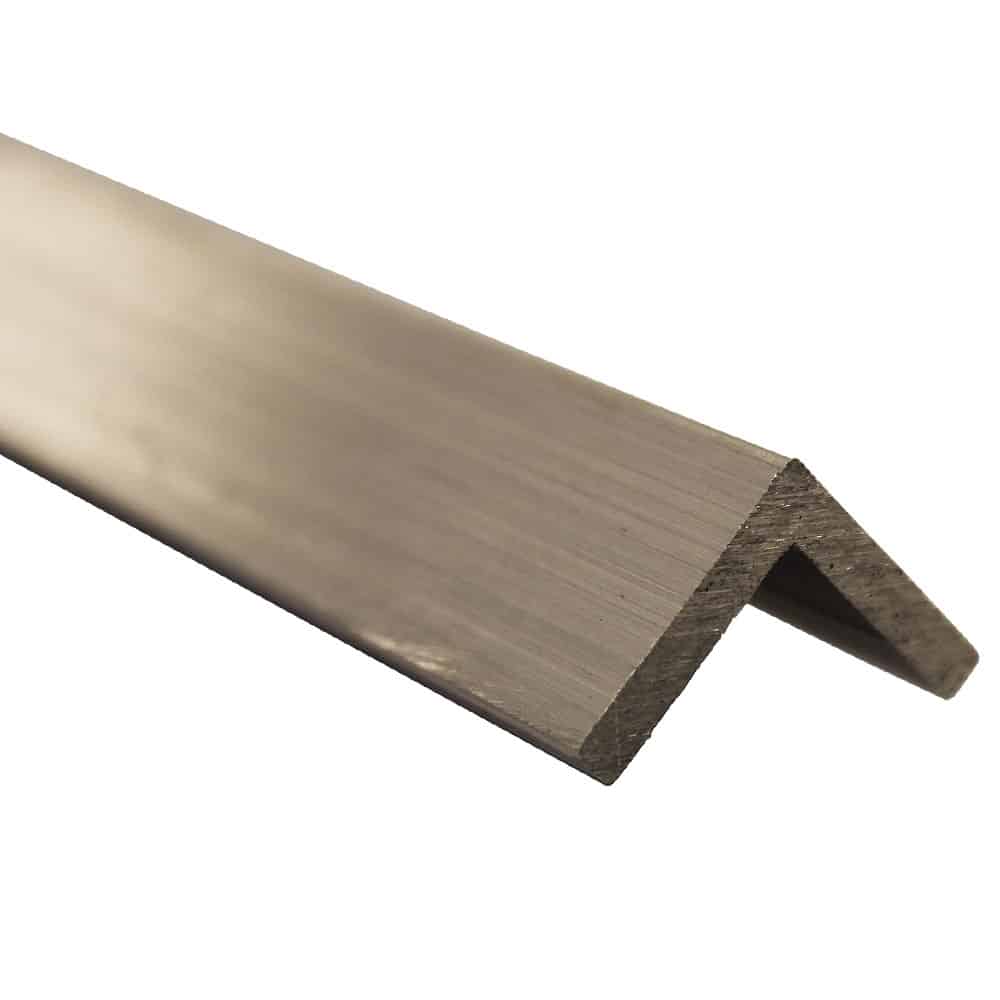
Let’s break down the most relevant factors to consider.
Mild steel angle has higher tensile strength than aluminium. It’s particularly beneficial for structural loads and industrial applications.
Mild Steel Angle: Ideal for heavy-duty frames and construction.
Aluminium Angle: Sufficient for lighter loads, such as trim, supports, or decorative structures.
Example: A garden pergola or frame requiring support for a heavy roof would benefit from mild steel angle. Conversely, lightweight shelving or caravan trims might be better suited to aluminium angle.
Aluminium is significantly lighter, which makes it easier to transport, cut, and install.
| Metal Type | Weight (approx.) per metre (25mm x 25mm x 3mm) |
|---|---|
| Aluminium Angle | 0.39 kg |
| Mild Steel Angle | 1.1 kg |
This difference makes aluminium more suitable for mobile applications or projects where reducing weight is important.

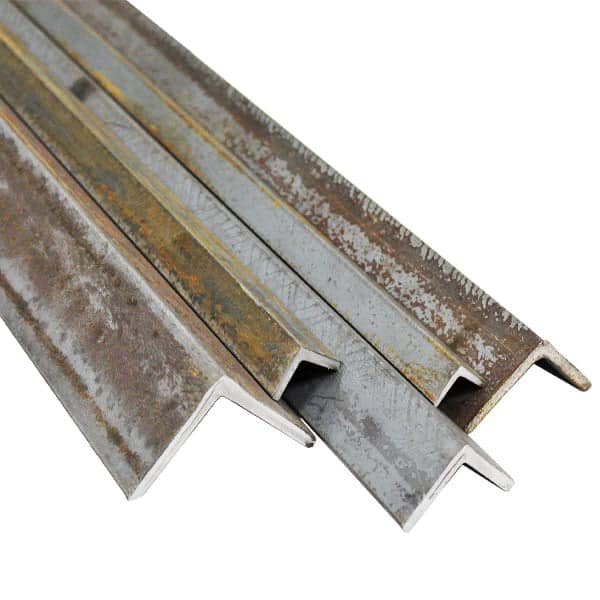
One of aluminium’s standout qualities is its resistance to rust. It’s inherently non-corrosive, especially in outdoor or marine environments.
Mild steel, on the other hand, must be protected with coatings or galvanisation to avoid corrosion.
✔ Use aluminium angle outdoors without additional treatment
✔ Use mild steel angle indoors or with protective coatings if used outside
At Speciality Metals, all mild steel angle comes in an uncoated form, allowing you to paint or finish it as needed.
Both metals are easy to work with, but aluminium is generally more beginner-friendly:
Aluminium Angle: Cuts easily with standard tools like a hacksaw or jigsaw
Mild Steel Angle: Requires heavier-duty cutting tools and more care when welding
✔ Tip: Aluminium also responds well to drilling and shaping using handheld tools, making it ideal for DIY projects and light fabrication.
In most cases, mild steel is cheaper per kilogram than aluminium. However, due to aluminium’s lighter weight, the cost per metre may not be dramatically different depending on the profile and size.
That said, if you’re on a tight budget for a large project and corrosion isn’t a major concern, mild steel may offer better value.
Aluminium angle is perfect for:
✅ Caravan and campervan builds
✅ Wall cladding and trims
✅ Lightweight furniture frames
✅ Marine and coastal installations
✅ Greenhouses and garden structures
🔧 Speciality Metals Example: Our Aluminium Equal Angle 6063-T6 is a popular choice for hobbyists and tradespeople who need a lightweight but corrosion-resistant solution.

Mild steel angle excels in:
✅ Heavy-duty construction frameworks
✅ Machinery support brackets
✅ Garage shelving and racking
✅ Agricultural and utility buildings
✅ Welding and fabrication tasks
🔧 Speciality Metals Example: Our Mild Steel Hot Rolled Angle Bar provides excellent rigidity and weldability, making it a staple for metalworkers and builders alike.
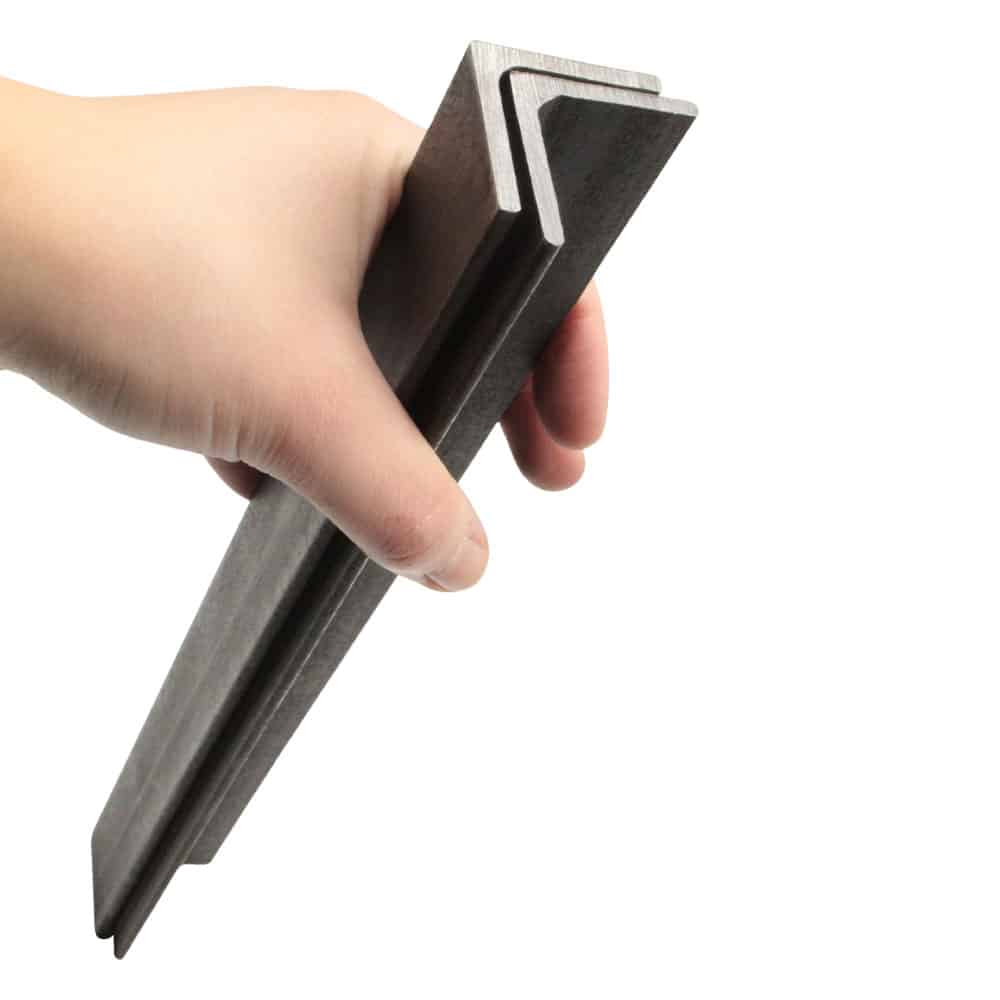
Aluminium is more easily recyclable than mild steel, and its corrosion resistance often means fewer coatings are needed — making it a greener option in many applications.
However, mild steel also has a strong recycling infrastructure in the UK, and when properly maintained, it can also offer a long lifespan.
In exposed applications, aluminium provides a more refined appearance due to its natural finish. It’s suitable for clean, modern designs where aesthetics matter.
Mild steel, unless treated, can appear industrial or unfinished. However, it takes paint or powder coating very well, allowing for a custom look.
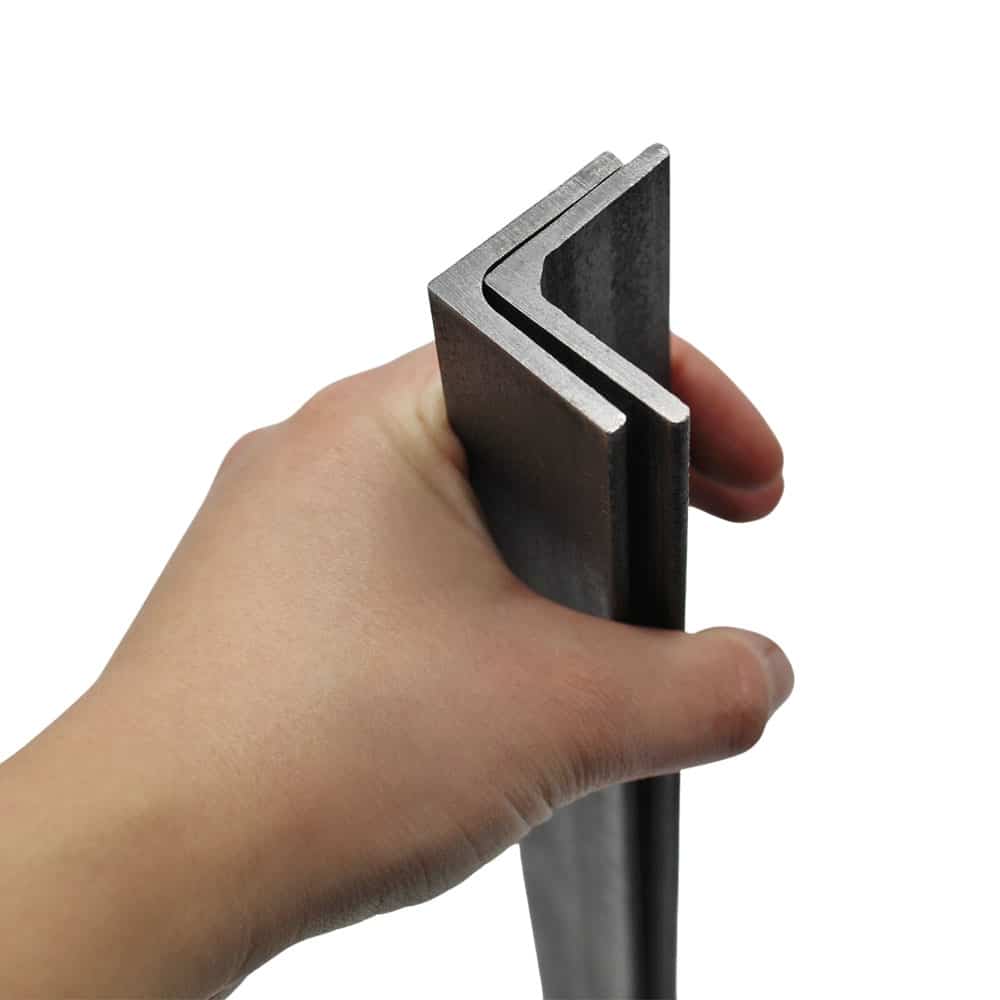
| Property | Aluminium Angle | Mild Steel Angle |
|---|---|---|
| Strength | Moderate | High |
| Weight | Light | Heavy |
| Corrosion Resistance | Excellent (no coating) | Poor (requires coating) |
| Machinability | Easy | Moderate |
| Welding | More difficult | Easy |
| Cost (per metre) | Higher | Lower |
| Outdoor Suitability | Very good | Only with protection |
✔ For outdoor furniture or marine projects? Go with aluminium.
✔ Building a frame for shelves or equipment? Choose mild steel.
✔ Looking for ease of cutting and handling? Aluminium is ideal.
✔ Need something you can weld easily and affordably? Mild steel wins.
Many DIY enthusiasts choose aluminium angle for quick home improvement tasks. Meanwhile, fabricators and tradespeople often order mild steel angles in bulk due to its strength and affordability.
Both types are available in popular sizes from Speciality Metals with fast UK shipping and expert support.
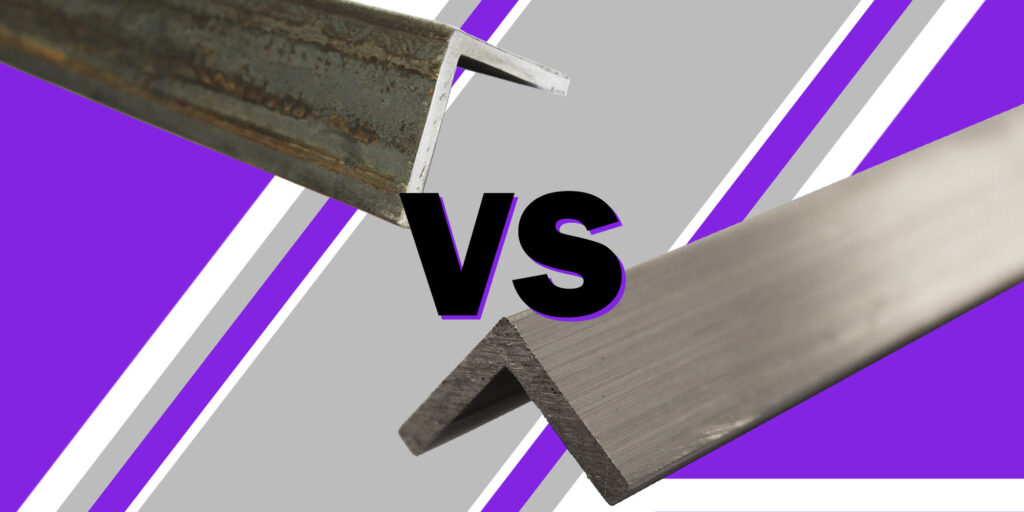
Each material shines in its own context:
Aluminium angle is light, corrosion-resistant, and easy to work with.
Mild steel angle offers strength, versatility in fabrication, and value for money.
The right choice depends on the environment, load requirements, and budget of your specific project. With a wide selection of mild steel and aluminium angles at Speciality Metals, you can confidently find the ideal solution — whether you’re building a custom frame, reinforcing a structure, or starting a new DIY challenge.
As always, thank you for checking out our blog. We hope that this helps you with your project.
Please also check out the other articles in our helpful guide series. We have written about aluminium sheeting and checker plate recently to name but two of our articles.
We are also proud to sell this product on our highly popular eBay store, check us out there too.
If you have any further questions, feel free to contact us.
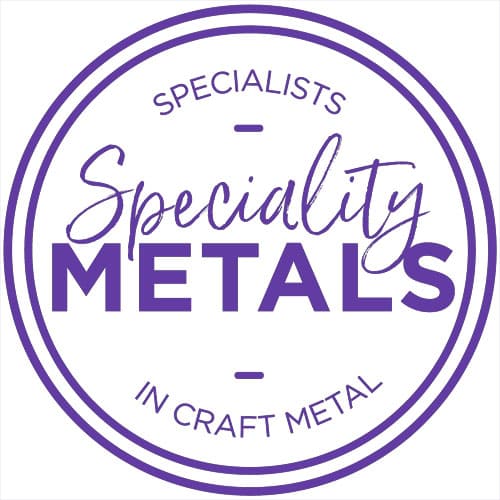
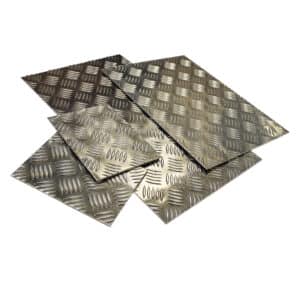

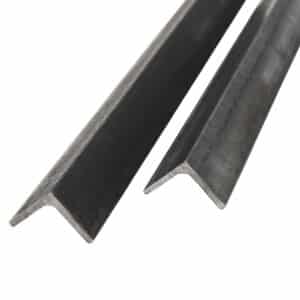

Speciality Metals
Unit 1, Farrell Street, Warrington,
Cheshire, WA1 2WW, United Kingdom
Quick Links
Payment Options
